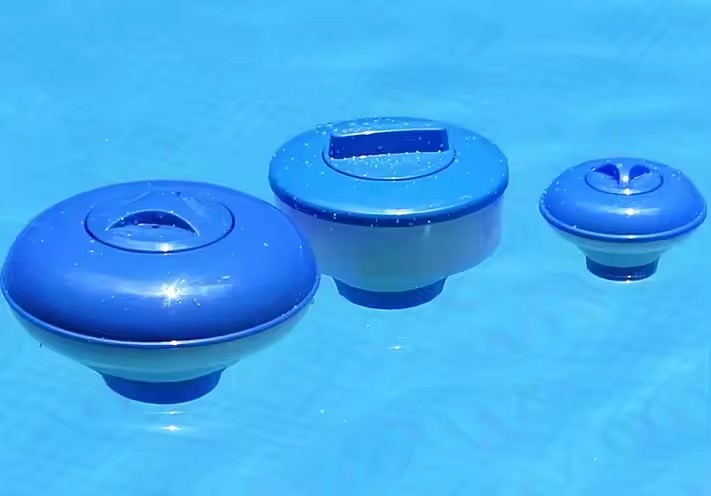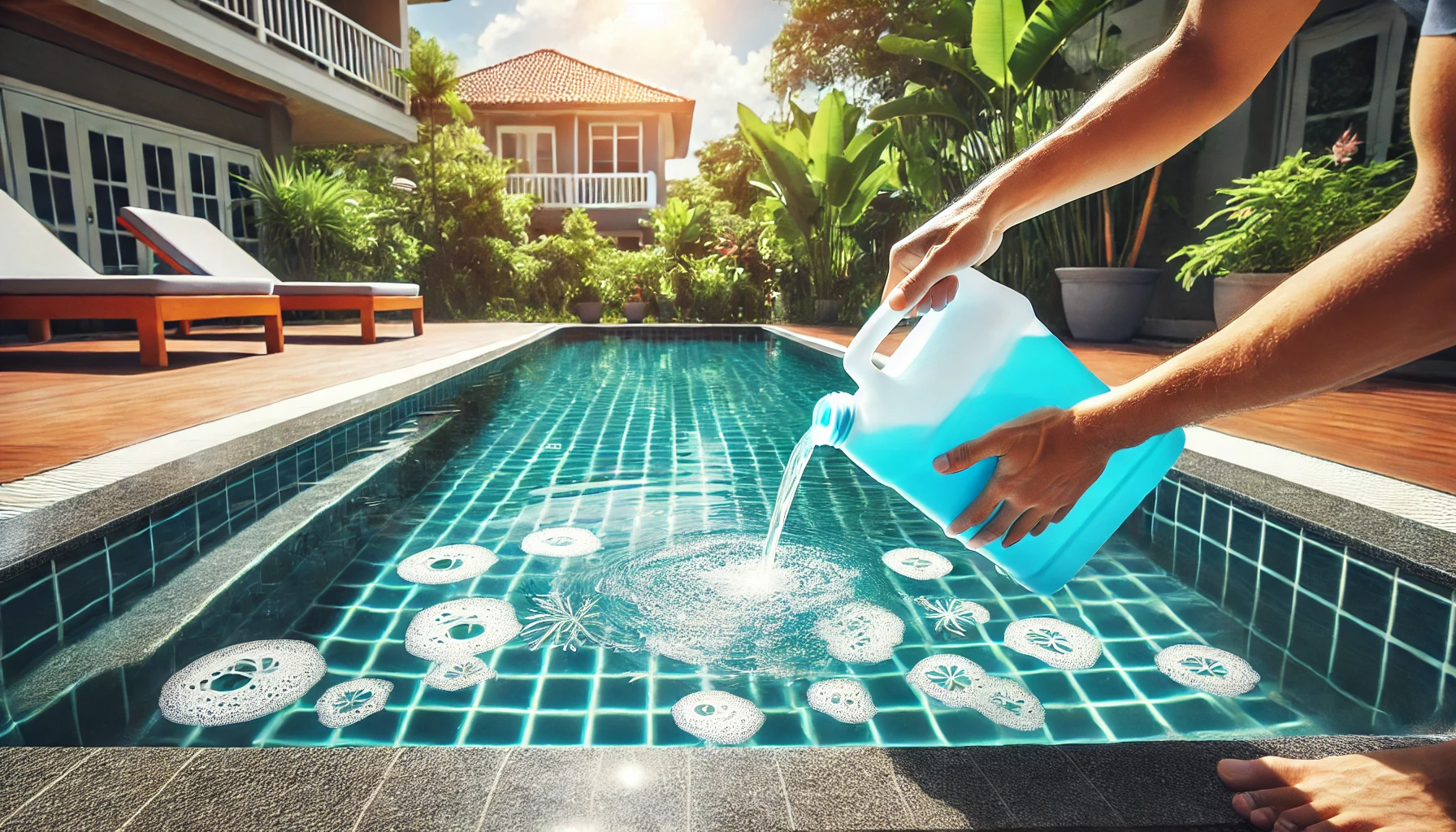Have you ever faced a situation where your pool water turned cloudy and you didn’t know how to fix it? Do you know that backwashing your pool sand filter is an essential step in pool maintenance? Let’s take a look at how to properly backwash your pool sand filter to ensure your pool water remains crystal clear!
The Basics of Backwashing
Backwashing is a process where the water flow is reversed to remove dirt and debris from the sand filter. As pool water passes through the sand filter, the sand captures dirt and debris. Over time, these contaminants will clog the sand, reducing the filtration efficiency. Backwashing reverses the water flow to flush out these contaminants from the sand, thus restoring the filter’s efficiency.
Why is Backwashing Necessary?
Determining When to Backwash
Generally, you should backwash your filter when the pressure gauge reading is 10 PSI higher than the normal operating pressure. After initially installing the filter or after backwashing, note the pressure gauge reading as a baseline. When the pressure exceeds this baseline by 10 PSI, it’s time to backwash. Additionally, if the pool water flow significantly decreases or the water becomes cloudy, you should also backwash.
Avoiding Over-Backwashing
While backwashing is necessary, over-backwashing can keep the filter too clean, reducing its ability to capture fine debris. A slightly dirty filter actually helps improve filtration efficiency. Therefore, only backwash when necessary.
How to Backwash?
Preparation
First, ensure the pool water level is at least halfway up the skimmer, as you will lose some pool water during backwashing. Prepare a backwash hose, connect it to the filter’s waste outlet, and ensure the hose end is placed appropriately to avoid water flowing where it shouldn’t.
Detailed Steps
- Turn off the Filtration System: Make sure the filtration system is turned off before performing any operations.
- Clean the Skimmer Basket: Remove and clean the skimmer basket of any debris.
- Connect the Backwash Hose: Attach the backwash hose to the filter’s waste outlet.
- Set the Multiport Valve: Turn the multiport valve to the backwash position, then turn the filtration system back on. Water will flow out of the backwash port and through the hose.
- Monitor the Water Flow: Let the water flow for about 1 minute or until the discharged water is clear. You can confirm the water clarity by checking the end of the hose or the filter’s sight glass.
- Switch to Rinse Mode: Turn off the filtration system, set the multiport valve to the rinse position, and turn the system back on. Rinse for about 30 seconds to remove any remaining debris in the pipes.
- Resume Normal Filtration: Turn off the filtration system, set the multiport valve back to the filter position, and turn the system back on for normal operation.
Important Tips
Always ensure the filtration system is turned off before switching the multiport valve position. Moving the valve handle while the water is flowing can damage the valve’s gasket.

Post-Backwash Maintenance
Checking and Adjusting Chemical Balance
Backwashing will discharge some pool water, so you need to refill the pool and test and adjust the chemical balance. Ensure the pH, chlorine levels, and alkalinity are within the ideal range to maintain clear water.
Inspecting Equipment Condition
If issues persist after backwashing, such as weak water flow or abnormal pressure gauge readings, check the sand filter’s internal structure, such as the condition of the filter sand or any damage to the laterals. Sometimes, sand can clump or become greasy with prolonged use, requiring replacement.
Common Questions About Backwashing
The Difference Between Backwashing and Rinsing
Backwashing reverses the water flow to remove debris from the sand, while rinsing uses a normal water flow direction to clean the sand’s clean side, ensuring no debris returns to the pool.
How Often to Backwash
It is recommended to backwash when the filter pressure is 10 PSI higher than normal, the pool water is cloudy, or the water flow significantly decreases. Generally, backwash every 1-2 weeks, but adjust the frequency based on actual conditions.
How Long to Rinse After Backwashing
After backwashing, rinse the filter for at least 30 seconds to ensure the sand is fully reset and to avoid fine sand particles entering the pool.
Backwashing Above-Ground Pool Sand Filters
The backwashing steps for above-ground pool sand filters are the same as for regular sand filters. Ensure the backwash and rinse settings are correct, and regularly check the equipment to ensure it is operating properly.
Additional Tips
Regular Maintenance and Sand Replacement
Generally, pool filter sand needs to be replaced every 3-5 years. If the water quality remains poor or filtration efficiency decreases, you may need to replace the sand earlier. Regularly inspect the filter’s internal components to ensure they are in good condition.
Using Appropriate Chemicals
After backwashing, use the right amount of pool chemicals to maintain water balance. For example, use pool chlorine tablets or liquid chlorine for disinfection, alkalinity increasers to maintain stable pH levels, and flocculants if necessary to help remove fine debris.
Seasonal Cleaning
Perform a thorough system cleaning, including backwashing, skimmer cleaning, and sand replacement, at the beginning and end of the pool season. This ensures clean water and efficient filtration throughout the swimming season.
Keeping your pool water crystal clear is not difficult if you properly backwash and regularly maintain your sand filter. Hopefully, these steps and tips will help you easily manage your pool’s daily maintenance and enjoy clear, transparent pool water!


